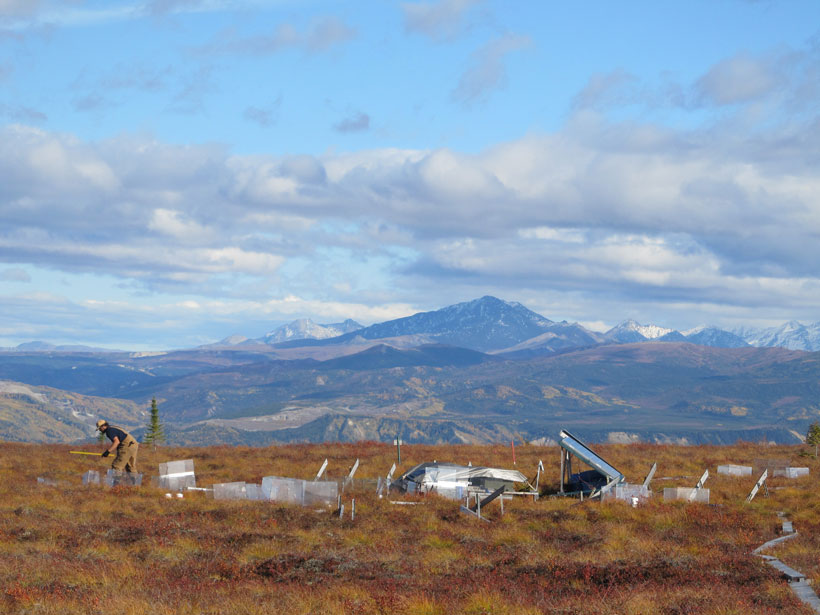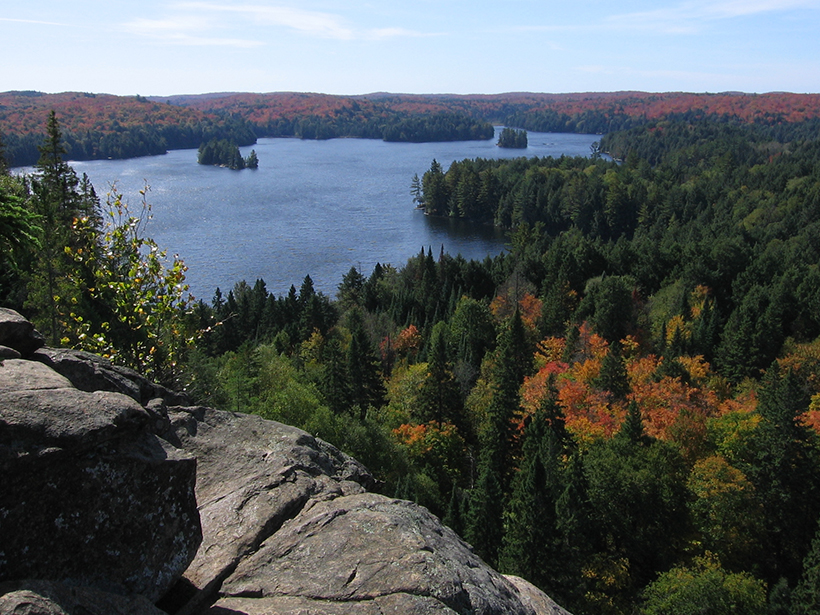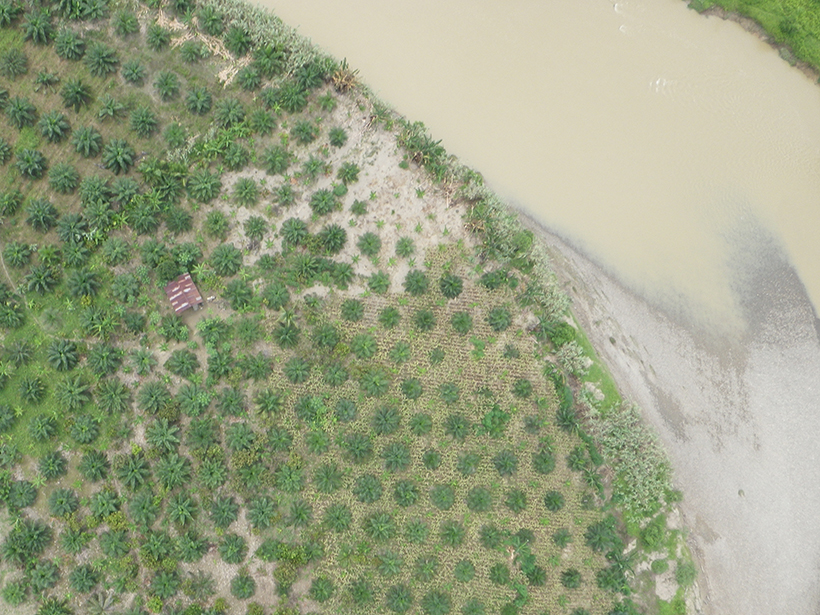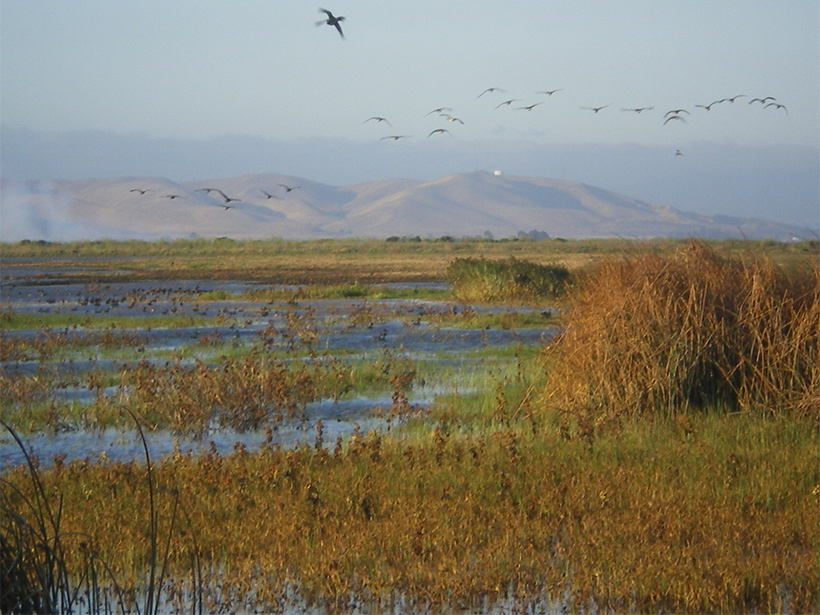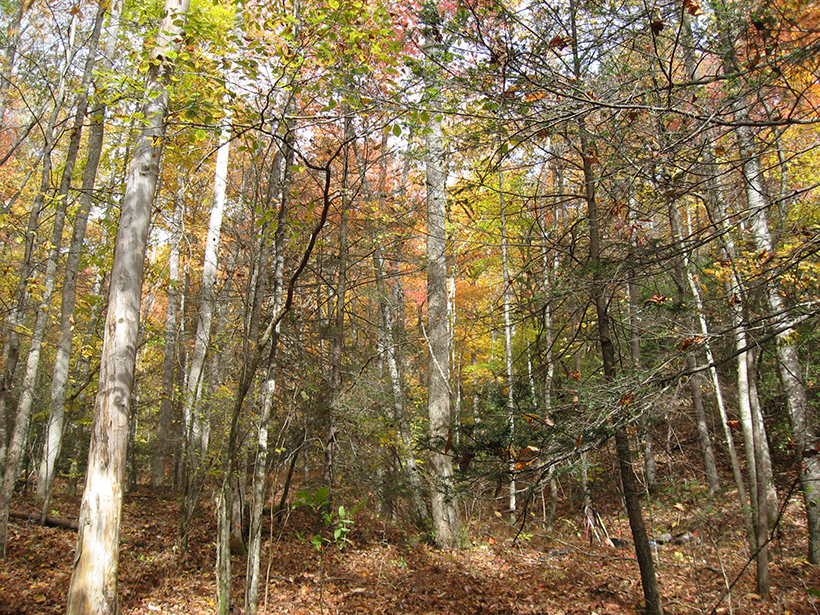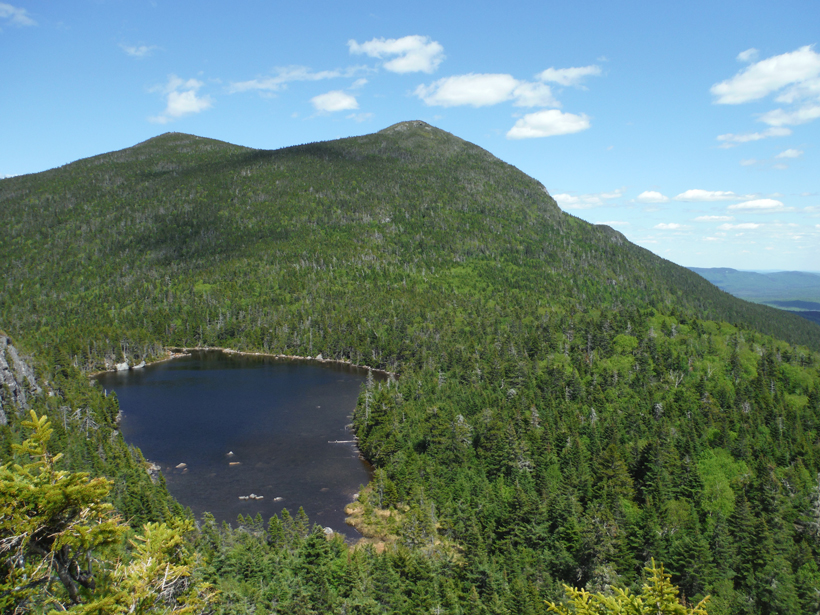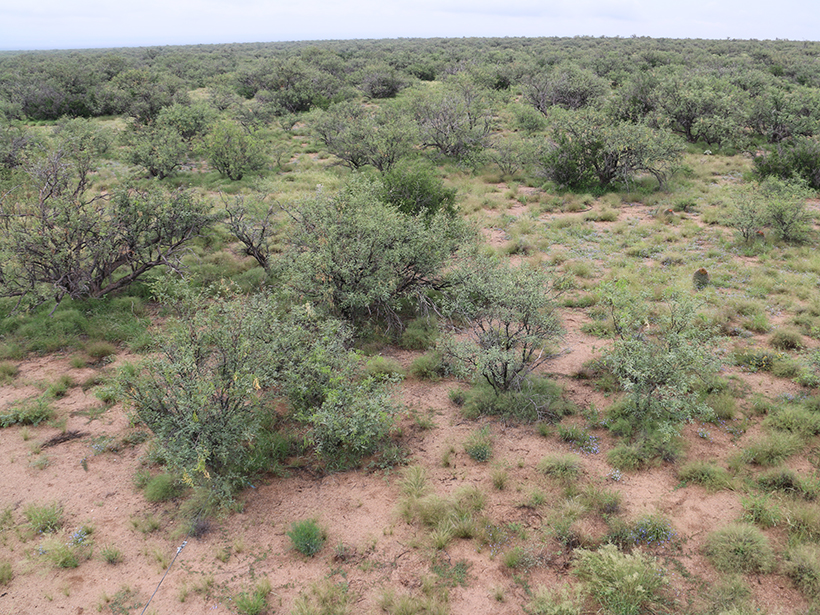Nitrogen released into the soil from thawing permafrost in the Arctic could accelerate soil carbon decomposition and alter carbon dynamics, with global implications.
Aaron Sidder
Aaron Sidder is a freelance writer based out of Denver, Colo. He has a master’s degree in ecology from Colorado State University. Aaron was an AGU-sponsored AAAS Mass Media Science & Engineering Fellow at National Geographic in 2016, and he has been writing for Eos ever since. In addition to Eos and National Geographic, he has written for National Geographic Kids Magazine, Smithosonian Smart News, 5280 Magazine, and the Santa Fe Institute. In his free time, he cultivates an extensive—and growing—collection of field guides from around the country.
Hydrology Dictates Fate of Carbon from Northern Hardwood Forests
As spring snowmelt and fall rains inundate northern hardwood forests with moisture, soil bacteria get moving and increase carbon exports to the atmosphere and into nearby water bodies.
Conserving Riverside Habitat Could Bolster Bottom Lines
Palm oil is in demand, and its agricultural footprint is expanding in the tropics. New research suggests that habitat buffers could improve conservation and prevent erosion that cuts into economic returns.
Yellow Detritus in the Oceans May Help Reduce Warming
Dissolved organic matter in the oceans absorbs light near the water’s surface, leading to cooler waters that may help mitigate regional climate warming.
Budgeting Ozone-Depleting Emissions from Coastal Tidal Marshes
Brackish wetlands and their salt-tolerant vegetation are significant methyl halide emitters. The natural emissions add chlorine and bromine to the stratosphere, which break down ozone.
New Modeling Framework Improves Radiative Feedback Estimates
A new approach offers insights into the relationship between surface temperature and top-of-atmosphere energy imbalances and improves the understanding of important climate feedbacks.
Insect Infestations Alter Forest Carbon Cycle
A hemlock woolly adelgid outbreak in southern Appalachia prompted a transformation in where the forest stores carbon.
Invasive Freshwater Mussels Drive Changes in Estuary Sediments
The golden mussel has spread quickly in the 30 years since its arrival in South America and is transforming aquatic ecosystems in waterways across the continent.
Effects of Acid Rain, Climate Change on Freshwater Lakes
New England lakes weathered years of acid rain. A new study tracks how they are faring after 30 years of regulation and how climate change factors into the equation.
How Mesquite Trees Gain a Competitive Edge in Arid Arizona
A new study shows that mesquites employ hydraulic redistribution to move water between soil layers in the savannas of Santa Rita.

